Lucidea’s Lens: Knowledge Management Thought Leaders
Part 100 – Gordon Petrash

Stan Garfield
 Gordon Petrash (1950–2021) was a pioneer and thought leader in the field of intellectual capital. His expertise was developing and implementing processes and cultures that enable companies to maximize the value of their intangible assets.
Gordon Petrash (1950–2021) was a pioneer and thought leader in the field of intellectual capital. His expertise was developing and implementing processes and cultures that enable companies to maximize the value of their intangible assets.
Gordon’s work on Intellectual Asset Management (IAM) at Dow Chemical showed how corporations could manage their intellectual capital to improve the bottom line. Gordon’s specialties included intellectual asset management, intellectual capital value extraction, corporate and business management, patent management, business processes, and change management.
Here are definitions for five of Gordon’s specialties:
- Business Processes: Formal steps that coordinate the behavior of people, systems, information and things to produce business outcomes in support of a business strategy.
- Change Management: A planned approach to change in an organization to address anticipated obstacles and to ensure successful adoption.
- Intellectual Capital: Knowledge with potential for value – the sum of everything everybody in a company knows that gives it a competitive edge. A metric for the value of intellectual capital is the amount by which the enterprise value of a firm exceeds the value of its tangible (physical and financial) assets. It includes human, structural, and relational capital.
- Intellectual Property: Any intellectual creation, such as literary works, artistic works, inventions, designs, symbols, names, images, computer code, and documents.
- Knowledge Assets: An organization’s accumulated intellectual resources. Types of knowledge assets include information, learning, ideas, understanding, insights, memory, technical skills, and capabilities. Knowledge assets reside in documents, databases, software, patents, policies and procedures, and more.
Book Chapters by Gordon Petrash
Profiting from Intellectual Capital: Extracting Value from Innovation by Patrick H. Sullivan – Chapter 15: Intellectual Asset Management at Dow Chemical

Knowledge Management: Classic and Contemporary Works edited by Daryl Morey, Mark T. Maybury, and Bhavani Thuraisingham – Section Introduction: Strategy: Compelling Word, Complex Concept

Intellectual Asset Management Model
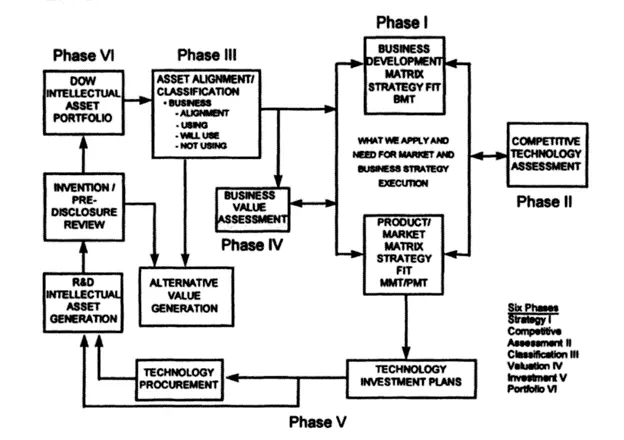
Six-step Process for Managing Intellectual Assets (as summarized by Thomas Stewart)
- It begins with strategy: Define the role of knowledge in your business – for instance, the importance of intellectual investments to develop new products, vs. brick-and-mortar spending to achieve economies of scale.
- Next, assess competitors’ strategies and knowledge assets.
- Third, classify your portfolio: What do you have, what do you use, where does it belong?
- Fourth, evaluate: What are your assets worth; what do they cost; what will it take to maximize their value; should you keep them, sell them, or abandon them?
- Fifth, invest: Based on what you learned about your knowledge assets, identify gaps you must fill to exploit knowledge or holes you should plug to fend off rivals, and either direct R&D there or look for technology to license.
- Sixth, assemble your new knowledge portfolio and repeat the process ad infinitum.
Intellectual Capital Growth from Knowledge Flows
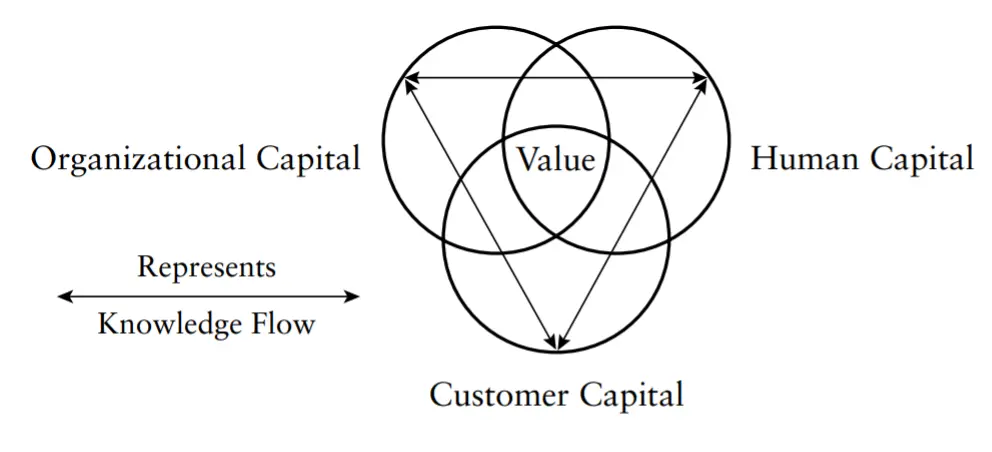

Stan Garfield
Dive into Stan’s blog posts for advice and insights drawn from his many years as a KM practitioner. You can also download a free copy of his book, Profiles in Knowledge: 120 Thought Leaders in Knowledge Management from Lucidea Press, and its precursor, Lucidea’s Lens: Special Librarians & Information Specialists; The Five Cs of KM. Learn about Lucidea’s Presto, SydneyDigital, and GeniePlus software with unrivaled KM capabilities that enable successful knowledge curation and sharing.
**Disclaimer: Any in-line promotional text does not imply Lucidea product endorsement by the author of this post.
Never miss another post. Subscribe today!
Similar Posts
The LEXICON Framework Part 4: Integrate with Existing Systems
Stan Garfield explores practical ways to embed KM tools into the platforms your team already uses reduces friction, boosts adoption, and makes organizational knowledge easier to access.
The LEXICON Framework Part 3: 10 Ways to eXplain the Value of Knowledge Management
KM expert Stan Garfield offers 10 practical ways to explain and prove the value of knowledge management using Clare Bilobrk’s LEXICON framework.
The LEXICON Framework Part 2: Empower Champions of KM
In part two of our LEXICON series, we explore how empowering KM champions can strengthen knowledge management adoption. Discover practical strategies to identify champions, define their roles, and connect them across your organization.
The LEXICON Framework Part 1: Link KM to Daily Workflows
Stan Garfield explores the LEXICON framework for KM, sharing 16 strategies to embed knowledge management into daily workflows effectively.
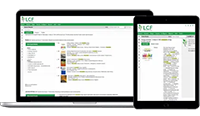
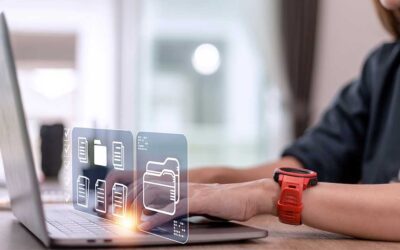
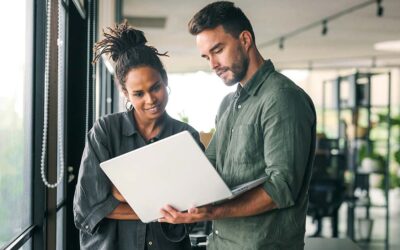


Leave a Comment
Comments are reviewed and must adhere to our comments policy.
0 Comments